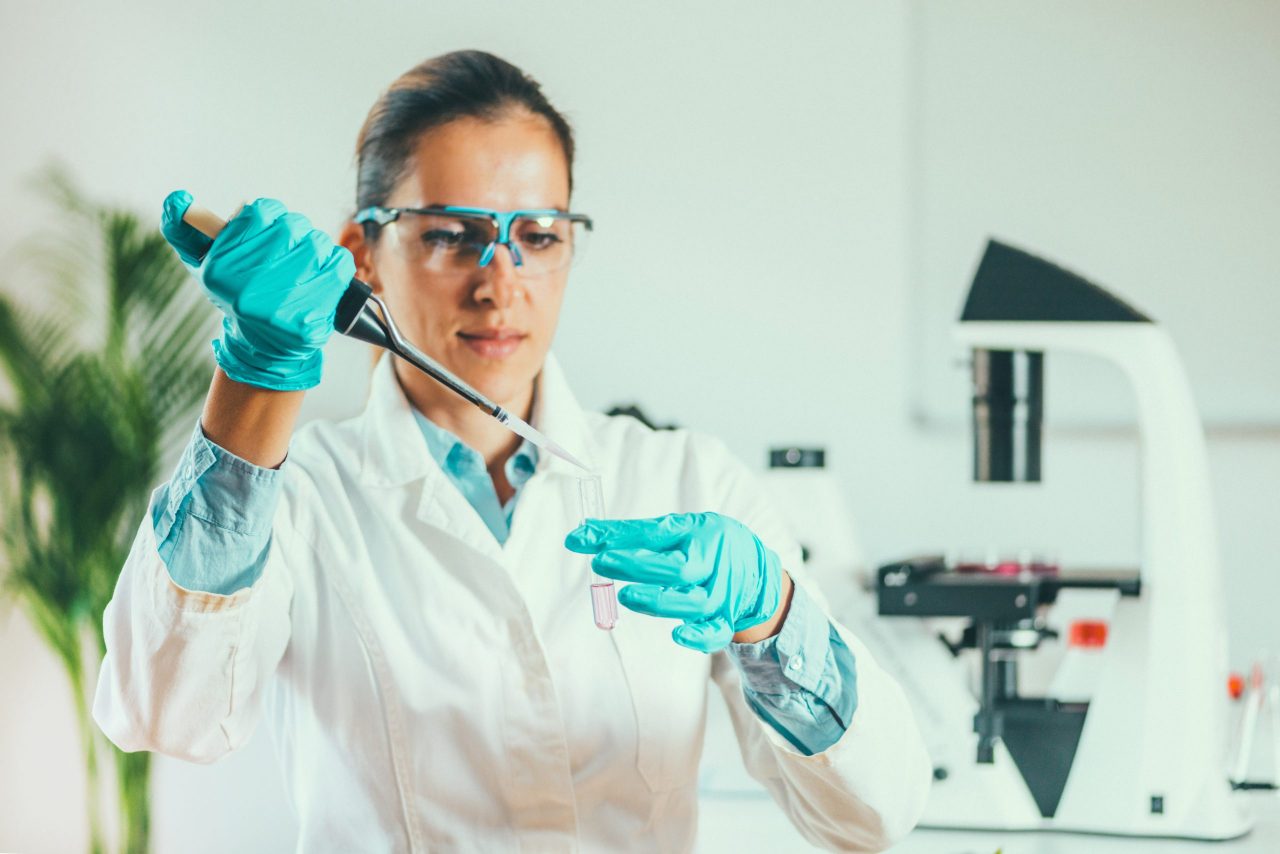Micropipettes are ideal precision instruments for the liquid measurement needs of clinical analysis and quality control laboratories. A micropipette is a laboratory device used to absorb and transfer small volumes of liquids.
Laboratory fluids can be infectious, toxic, harmful, or even sticky. Most of these fluids are transferred through the use of micropipettes. Usually only the tip of the pipette comes into contact with the liquid, but sometimes the user takes a tube by hand to aspirate the small residue of a bacterial solution, blood or DNA solution for example. And the outside of the pipette is likely to touch the inside wall of the tube and become contaminated. If the same pipette is then used for other samples, it may happen that the inner wall of a new tube is also contaminated.
Furthermore, when the gloves come into contact with the respective solutions without this being noticed and then the pipette is touched, the top of the pipette can also become contaminated. In this way, contamination can be transferred from one laboratory pipette to another.
The worst contamination scenario is when the solutions enter the pipette cone. This can happen when more liquid is aspirated than the tip volume allows. It is also possible for the pipette to be placed on a table or upside down with a full pipette tip, causing the liquid to flow into the pipette cone.
Another big problem can be the formation of aerosols. They are small drops of liquid that evaporate naturally from each liquid that contains contamination such as viruses, DNA, RNA or bacteria. These drops of liquid rise to the cone of the pipette. Internal pipette contamination can cause cross contamination of multiple samples, ruining entire applications. Pipette tips that contain a filter can prevent aerosols from entering the pipette cone. And special blocking filters made of inflatable material block the tip when the filter comes into contact with liquids.
What should you do in the event of contamination?
Once a pipette is contaminated, it must be cleaned to protect your samples. Although it is recommended that a professional service clean your pipettes, there are simple steps you can take in your own laboratory to keep your pipettes clean between service visits.
Many things can be done in your own laboratory if the pipette meets some requirements. Pipettes should be cleaned regularly to ensure hidden contamination is removed. Therefore, the bottom of the pipettes must be removable.
A removable bottom allows the interior to be rinsed and the entire pipette thoroughly cleaned. The pipette must be resistant to common cleaning agents and DNA / RNA cleaning solutions to ensure that the pipette can be cleaned on the outside and rinsed on the inside. Most of the contamination can be removed by cleaning and rinsing. If sterility is an issue, choose a pipette that can be autoclaved without disassembly to simplify pipette maintenance. When Kalstein micropipettes are used, they are autoclavable to inactivate microorganisms that entered the pipette cone.
At Kalstein we are MANUFACTURERS and we offer you new micropipettes at the best PRICES. That is why we invite you to take a look at the Products menu. HERE


